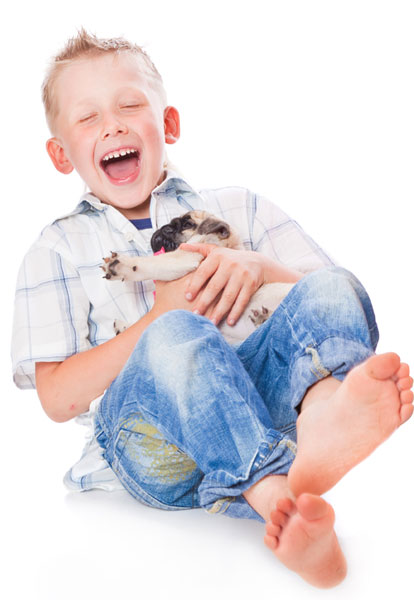If you see this icon in a fact sheet summary you may be dealing with a life threatening issue. Consult a veterinarian immediately.
Use our webform to ask a question or book an appointment

OCD (Osteochondrosis dissecans)
Osteochondrosis dissecans, or OCD, is a common bone condition occurring in young, rapidly growing dogs and seen in many breeds, particularly the larger breeds including the Rottweiler, Bernese Mountain Dog and Labradors.
The bones of growing puppies lengthen from each end, at the growth plates. As the bones grow, soft cartilage is deposited continuously at the growth plates and, over time, this cartilage is transformed into bone. OCD occurs when cartilage fails to transform into bone, continuing to grow and to become abnormally thick. This often leads to cracks in the cartilage which can result in a whole flap lifting up.
SEVERITY: Causes inflammation & pain, frequently Severe. Surgical correction required.
OCD causes considerable inflammation and pain in the joint, and affected dogs begin to display a limp. The most commonly affected areas are the shoulder and elbow, although the knee and hock can also be affected.
The exact cause of OCD is unknown but contributing factors include:
Rapid growth. The rarity of OCD in breeds weighing less than 23 kg indicates large size and rapid growth are important factors.
Genetics. The condition appears to hereditary.
Diet. Overnutrition with a high intake of calcium during growth is a contributing factor.
Trauma may also play a role in the development of OCD.
If your dog has a limp, we will conduct a complete physical examination to try to localise the pain to one or two joints. Once this is determined, x-rays will help us rule out other reasons why your dog may be limping, such as a fracture.
OCD rarely heals by itself and in the majority of cases surgery to remove the cartilage flap is required.
MORE DISEASES OF DOGS
DOGS: ADVICE FOR EMERGENCIES


